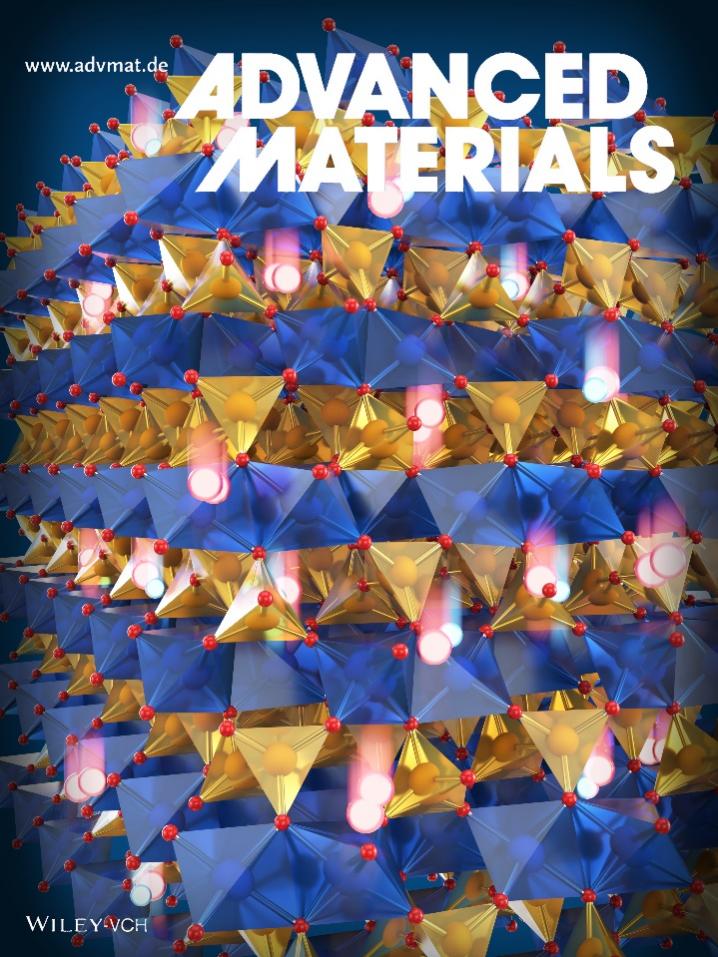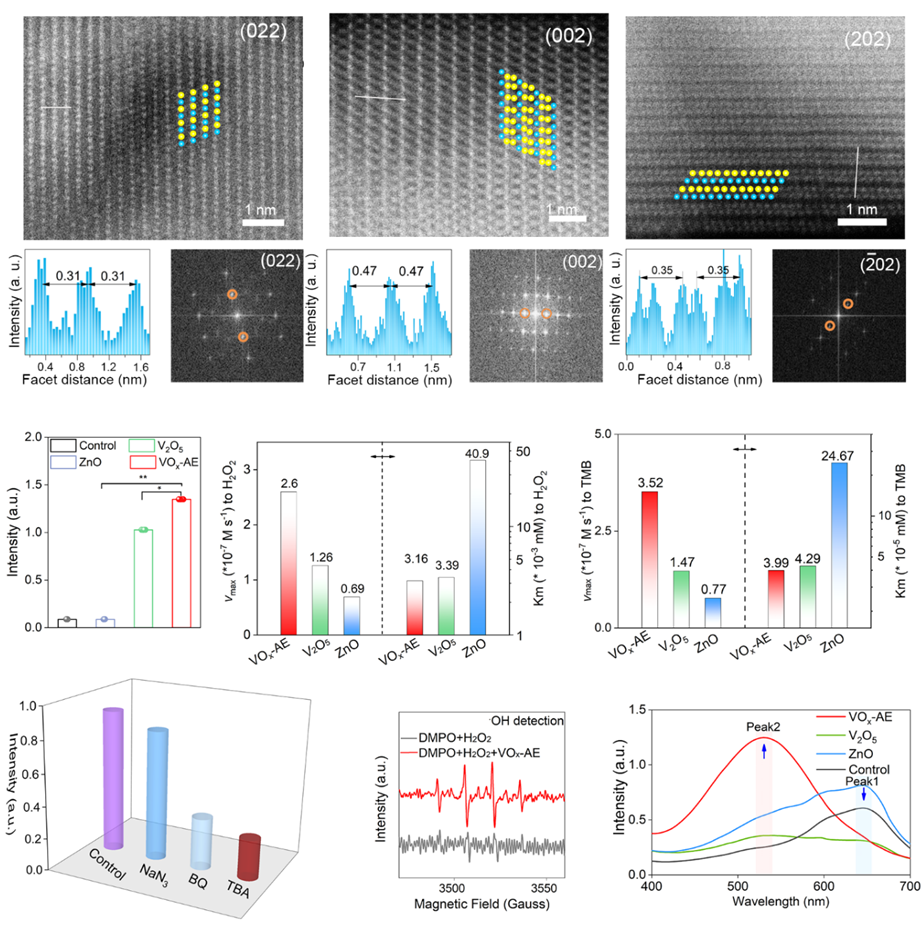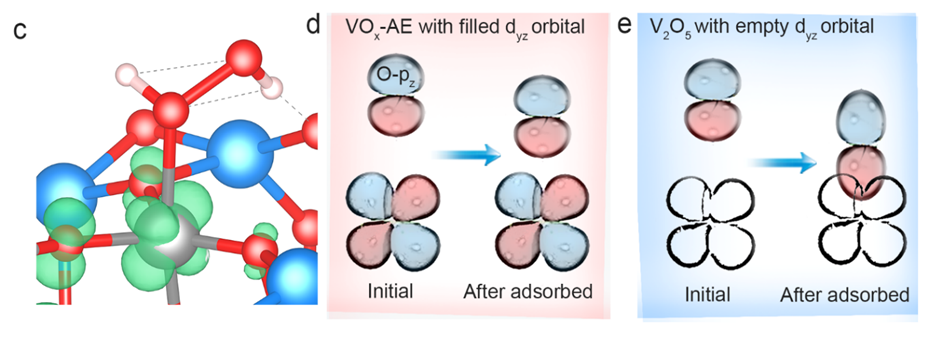A medicine and engineering interdisciplinary research team of Professor Li Qiu, the Department of Ultrasound, College of Polymer Science and Engineering, Med-X Center for Materials of West China Hospital, has published a cover paper entitled " Modulating Electron Transfer in Vanadium-based Artificial Enzymes for Enhanced ROS-Catalysis and Disinfection " inAdvanced Materials(Figure 1). This paper reveals a new HPO vanadium-based artificial enzyme via a unique Zn-O-V bridge, and verifies that it has antibacterial properties equivalent to vancomycin, which can effectively promote wound neovascularization and reduce inflammatory reactions in the process of tissue repair, providing a new path for the design of artificial enzymes. The first authors are Ling Li, a doctoral student and Sujiao Cao, a postdoctoral fellow of the Department of Ultrasound(DOU). The two corresponding authors are Li Qiu of DOU and Chong Cheng, a research fellow from the College of Polymer Science and Engineering, and the West China Hospital is the work unit of the first authors.

"Nanomaterials-based artificial enzymes (AEs) have flourished for more than a decade. However, it is still challenging to further enhance their biocatalytic performances due to the limited strategies to tune the electronic structures of active centers. Here, a new path is reported for the de novo design of the d electrons of active centers by modulating the electron transfer in vanadium-based AEs (VOx-AE) via a unique Zn–O–V bridge for efficient reactive oxygen species (ROS)-catalysis. Benefiting from the electron transfer from Zn to V, the V site in VOx-AE exhibits a lower valence state than that in V2O5, which results in charge-filled V-dyzorbital near the Fermi level to interfere with the formation of sigma bonds between the V-dz2and O-pzorbitals in H2O2. The VOx-AE exhibits a twofoldVmaxand threefold turnover number than V2O5when catalyzing H2O2. Meanwhile, the VOx-AE shows enhanced catalytic eradication of drug-resistant bacteria and achieves comparable wound-treatment indexes to vancomycin. This modulating charge-filling of d electrons provides a new direction for the de novo design of nanomaterials-based AEs and deepens the understanding of ROS-catalysis."(Abstract)

Vox-AE has an active center similar to the natural enzyme HPO

It can effectively resist bacteria and promote wound healing
Researchers also compared the catalytic performance of artificial enzymes Vox-AE and V2O5 from the difference of electron density and Bader charge analysis. It is believed that the Bader charge of the catalytic active center of Vox-AE (Zn-O-V bridge) is higher than V2O5, which makes the electrons of Zn shift to V through the Zn-O-V bridge, increasing the electrons around V and enhancing the catalytic activity. In this study, the Fermi level of dyz electron orbital is also used to analyze the catalytic activity of Vox-AE for the first time. This theory can provide new research ideas for the design of artificial enzymes.


Route and theoretical analysis of catalytic ROS activity
https://onlinelibrary.wiley.com/doi/10.1002/adma.202108646
